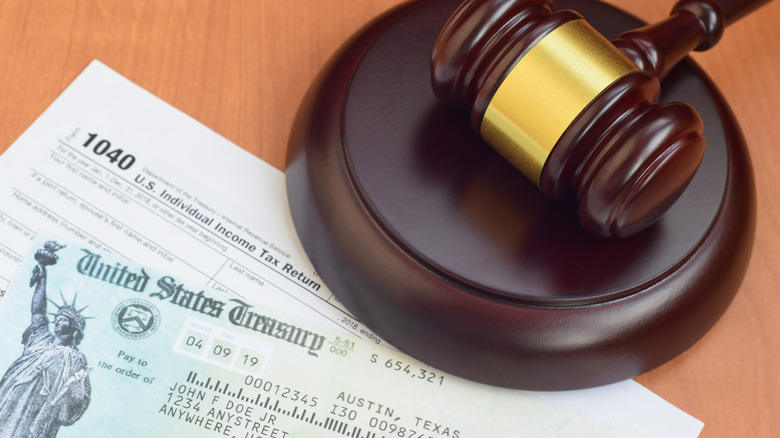How Does A Self-Directed IRA Work?
You're a responsible investor: You know the value of your IRA, contribute with employer-matched funding to a 401(k), and you set money aside in an emergency fund to help navigate the tough times. You're fully involved in planning your own retirement, but also want to continue exploring options in order to find the very best collection of strategies to meet your financial goals. You may have come across the "self-directed IRA" and wondered what that's all about. Self-directed investments tend to be quite helpful to the intelligent investor, considering that they generally allow you to plot your own course and do away with advisory fees and other potentially weighty expenses that drag down your portfolio's ability to soar.
This isn't exactly the story when it comes to the self-directed IRA, though there are certainly some significant benefits to opening one of these non-traditional retirement savings accounts. If you're an investor well-versed in sectors that fall outside the confines of only stock market investing, a self-directed IRA might be the perfect opportunity to broaden your exposure to alternative asset classes in the context of your retirement funding — potentially creating a supercharging effect for your capital. Even so, there's plenty to know about a self-directed IRA before you take the plunge and get involved in broader marketplace exposure.
Rules and constraints with a self-directed IRA
While diversification potential skyrockets with the use of a self-directed IRA, there are plenty of rules an investor hoping to open one of these accounts will have to follow. Additionally, there are numerous reasons to avoid these kinds of investments unless they offer a specific upside for your personal circumstances. For one thing, self-directed IRAs are far less liquid than traditional retirement accounts.
Because a traditional or Roth IRA is locked into stock market trading as its sole means of creating wealth, selling assets or making portfolio adjustments is simple. As of May 2024, stock sales have a settlement schedule of T+1, meaning that funds are settled and made available the next business day. This is certainly not so with physical assets, which might find a home in self-directed IRA portfolios (average closing time for mortgage-backed home purchases clocked in at 44 days in October 2024, for example, per ICE Mortgage Technology).
Liquidity aside, the IRS also mandates that owners of self-directed IRAs work with an approved custodian to ensure legal compliance. This institution or individual will ensure that you don't engage in self-dealing — that is, selling assets to yourself into or out of the fund or conducting transactions of this sort with relatives. They will also manage your contribution limits, a rule that doesn't go away when shifting from a traditional IRA to a self-directed option. The most obvious consequence of this requirement is the fee structure associated with a custodian. While you might be able to trade in a Roth for free, a self-directed IRA will cost you. (Speaking of Roths, can you contribute to a Roth IRA after retiring?)
The upside of expanded access to asset classes
Most retirement planners have had a conversation with themselves about how to allocate funds to numerous account types (for instance, a Roth IRA or a 401(k), or both). Introducing the self-directed IRA into this conversation can be a real game changer. For one, investments in real estate can drive massive portfolio growth. If you're fortunate enough to make purchasing a rental income generator work, for example, placing it under the aegis of a self-directed IRA account can allow the monthly infusion to grow uninhibited.
Cash not required to manage the real estate investment (i.e., paying for included services, covering the asset's tax liability, or making structural repairs, when necessary) can be folded into other asset classes directly within your retirement portfolio rather than requiring other budgetary measures. Because the proceeds live within the environment of your retirement account, they're separate from your daily financial picture and can remain in this growth environment instead. Fueling additional stock purchases, buying into gold bullion assets to defend against inflation, or even buying higher-risk options like cryptocurrency are all possible in this type of IRA setup; you aren't just limited to standard investment options.
Moreover, when you reach mandatory drawdown age, you might consider selling the property to create new capital for more liquid investments or as a means to cash in on the asset entirely. With the state of the real estate market continuing to appear quite bleak for buyers, it's a good bet that home prices will continue to appreciate, providing a steady growth asset as well as one that creates a sizable monthly dividend. This kind of investment simply is not possible in a standard IRA.


